Iran-India economic linkages have been impacted significantly, ever since the withdrawal of the US from JCPOA (the formal name of Iran nuclear deal—the Joint Comprehensive Plan of Action) in 2018.
The impact on economic relationship between New Delhi and Tehran was even more pronounced, after India stopped purchasing oil from Tehran in 2019. The US had ended the sanctions waiver that had allowed India, and a number of other countries, to import oil from Iran, reads an article published in Moderndiplomacy.eu. The full text follows:
In 2018-19, bilateral trade between India and Iran was estimated at over $17 billion (mineral oil and fuel imports accounted for a significant percentage of the sum). In 2019-20, during April-November, bilateral trade was estimated at $3.5 billion. There was a significant drop in Iran’s imports to India, owing to the reduction of Iranian petroleum imports by India to zero.
2019 witnessed a downward trajectory as far as New Delhi-Tehran ties were concerned, with Iran expressing its disappointment with New Delhi for not taking a firm stance against Washington DC.
Iranian Foreign Minister Mohammad Javad Zarif in 2019 while making the above point in an interaction with Indian journalists also stated that ‘if you can’t lift oil from us, we won’t be able to buy Indian rice’.
The US has exempted the strategically important Chabahar Port project, India’s gateway to Afghanistan, from sanctions.
The port was earlier touted by many, as India’s counter to Gwadar Port in Balochistan Province, Pakistan, which is at a distance of 70 kilometers and an important component of the China-Pakistan Economic Corridor. The government of India had taken over phase 1 of Shahid Beheshti Port in December 2018 whereby, according to an agreement, India was to operate two berths within phase 1 of the project.
During the Covid-19 pandemic, India had used Chabahar Port to deliver relief materials to Afghanistan.
After India’s decision to stop the purchase of oil from Iran and the souring of ties between both countries, Iran had given indicators that it was keen to get Pakistan (Iran had proposed to connect Chabahar Port with Gwadar Port) and China on board.
Iran had also complained that progress on Chabahar Port was slow, due to India’s cautious attitude toward the project, as a result of US pressure, and delays in funding.
In the aftermath of the Iran-China 25-year agreement, India has been paying greater attention to ties with Iran in general, and the Chabahar Project in particular, a point strongly reiterated by the back-to-back visits of India’s Defense Minister Rajnath Singh and External Affairs Minister S Jaishankar, to Tehran respectively.
Connectivity, economic linkages and issues of regional security, specifically Afghanistan, were discussed during both visits.
There were reports that India had been elbowed out of the Chabahar-Zahedan rail project, an important component of Chabahar project.
Iran has categorically dismissed this claim.
While the India-Iran relationship is often viewed from the prism of Chabahar Port and oil, Iran also accounts for a large percentage of India’s basmati (an aromatic long grain rice) exports: 34%. There is likely to be a dip this year, due to sanctions, and Iran is already substituting Indian basmati with Pakistani basmati.
The north Indian states of Punjab and Haryana account for 75% of basmati exports. Indian basmati exporters and growers have expressed their concern over the likely fall in exports to Iran.
The impact of US sanctions on Iran’s economic ties with India, with basmati exports being an important example, reiterate the point that Iran-India ties are far deeper and multifaceted than is often perceived.
While the thrust is on connectivity and geopolitics, economic links are often overlooked. It is important for New Delhi to seek the views of all domestic stakeholders as far as economic ties with Iran are concerned.
New Delhi should also take a cue from the UK, France and Germany, also referred to as E3, which set up a special purpose vehicle, known as Instrument in Support of Trade Exchanges (INSTEX), in 2019, to circumvent US sanctions. During the Covid-19 pandemic, INSTEX was used to provide relief materials to Iran.
New Delhi clearly needs to think out of the box and accord its ties with Iran greater priority, given the economic, historical and political context. The visits of India’s defense and external affairs ministers to Tehran in September clearly emphasize the point that India is doing a rethink with regard to its Iran policy, factoring its strategic and economic importance.
There is also a realization that Washington’s approach toward Tehran may witness a significant shift, if there is a change of guard in November 2020, which cannot be ruled out.
You are here
October 10, 2020 19:42
0
Chabahar Port and Iran-India Interface
You can also read ...
Subscribe to our daily newsletter.
More from DEN Media Group:
© Financial Tribune Daily and Contributors 2014-2018


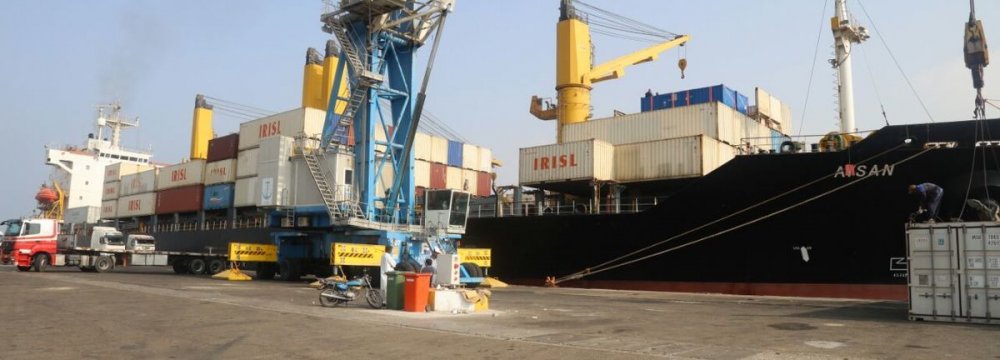

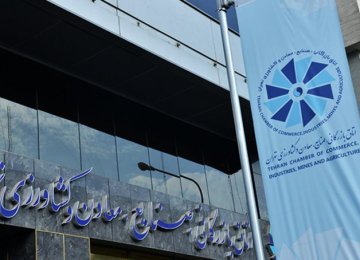
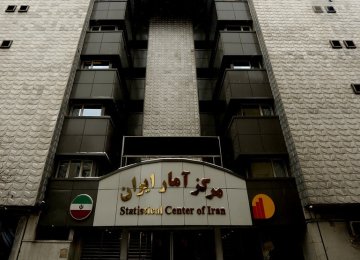
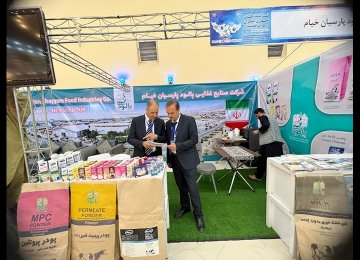
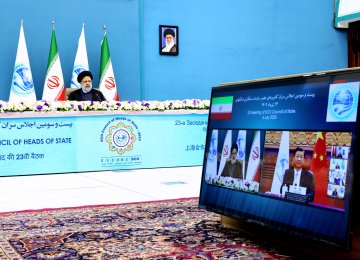
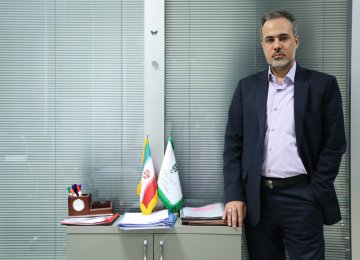
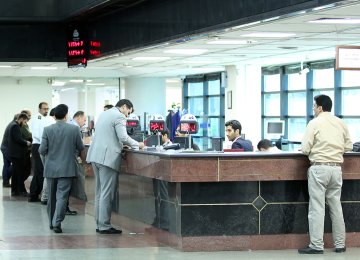
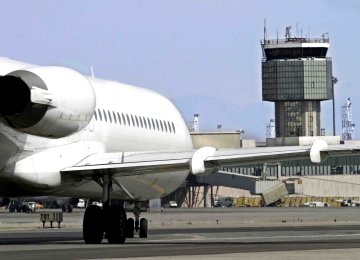


Add new comment
Read our comment policy before posting your viewpoints